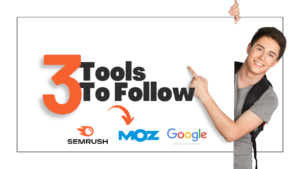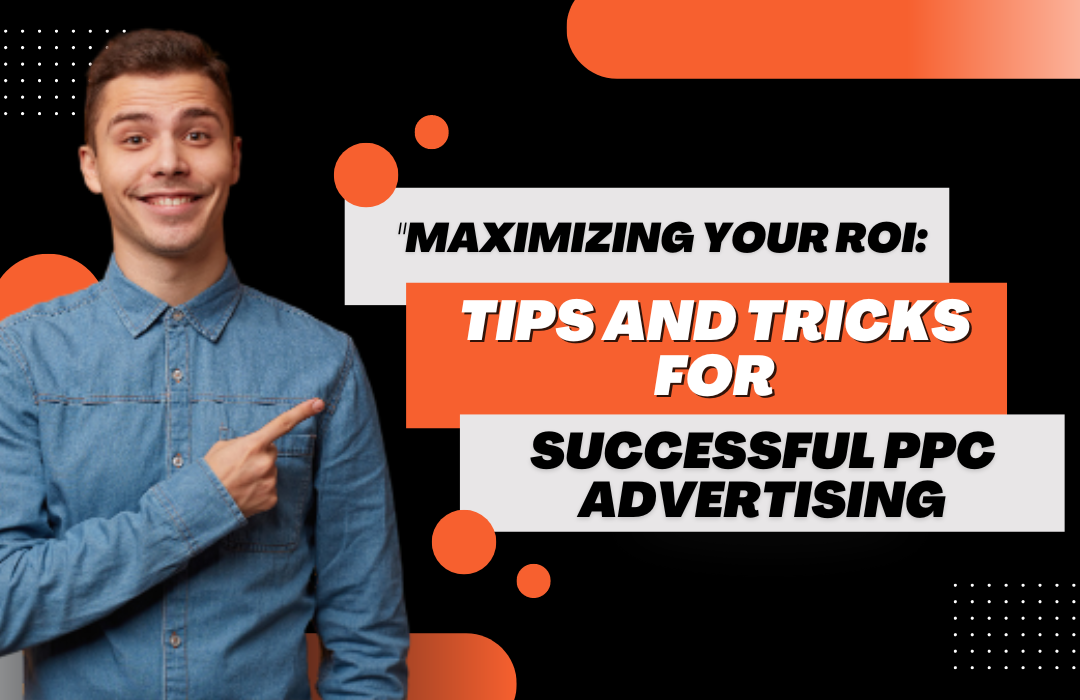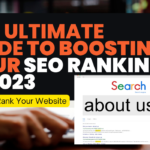Maximizing Your ROI: Tips and Tricks for Successful PPC Advertising
I love Pay Per Click (PPC) because, as a marketer, what I really love is instant gratification. I love knowing that in minutes or as little as days, our team knows if we got it right or need to polish it up. Nothing is as powerful as PPC for driving the right message directly to your target market.
You know this, in today’s digital age, pay-per-click (PPC) advertising has become one of the most popular marketing strategies for businesses looking to increase their online visibility and drive traffic to their website. Here is where we possibly fall short we need the right approach because PPC advertising can be an incredibly effective way to reach your target audience and generate leads when it is done right.
However, it can also be a costly endeavor if not executed properly. In this blog post, I will share some tips and tricks for maximizing your return on investment (ROI) through successful PPC advertising. I will share my likes and my danger zone pointers to keep us both out of trouble.

Yes, Peter Anthony says, first and foremost, it’s essential to conduct thorough keyword research to ensure that your PPC campaign targets the most relevant and profitable keywords for your business. I know, I know, I know, here I go again, jumping on the research bandwagon. You can use keyword research tools such as Google Keyword Planner, SEMrush, or Moz to identify high-performing keywords that are relevant to your industry, products, or services. By focusing on keywords that have high search volume and low competition, you can increase your chances of reaching your target audience and driving more clicks to your website. Research makes it simple, so just do it first.
Neil Patel (one of my heroes), a digital marketing expert, emphasizes the importance of keyword research in PPC advertising, saying,

So once you have identified the right keywords, it’s time to create compelling ad copy that resonates with your target audience and entices them to click through to your website. Be engaging, creative and clear. Your ad copy should be concise and highlight the unique value proposition of your business or products. Use strong calls-to-action (CTAs) to encourage clicks, such as “Learn More,” “Sign Up Now,” or “Get Your Free Trial.”
If you are a member of the INCubator Networking and Marketing Mastermind, you know I love future pacing, relevant anchors, and embedded commands.
It’s also important to make sure that your landing page is optimized for conversions. Your landing page should be consistent with your ad copy and provide a seamless user experience for visitors. A poorly done landing page will burn the credibility and cost you the campaign. Make sure that your landing page has a clear headline, a strong value proposition, and a prominent CTA that encourages visitors to take action, such as filling out a form or making a purchase. Keep it simple.
Another crucial aspect of successful PPC advertising is ad targeting. You can use targeting options such as location, demographics, interests, and behavior to ensure your ads reach the right people. For example, if you’re a local business, you can target your ads to people in your geographic area to maximize the impact of your ad spend.
Retargeting is another powerful targeting strategy that can help you maximize your ROI in PPC advertising. Retargeting allows you to reach people who have already shown an interest in your business or products by visiting your website or engaging with your content. By retargeting these individuals with relevant ads, you can increase your chances of converting them into customers and maximizing the value of your ad spend.
Neil Patel (no, I do not have a crush on Neil, he is just a genius) recommends retargeting as a key strategy for maximizing ROI in PPC advertising, stating,

Finally, it’s important to regularly monitor and optimize your PPC campaigns to ensure that they’re performing at their best. Use analytics tools such as Google Analytics or AdWords to track your performance metrics, such as click-through rates, conversion rates, and cost-per-click. Use this data to identify areas for improvement and make adjustments to your campaigns as needed.
Have you figured it out? Successful PPC advertising requires a strategic approach that involves thorough keyword research (that word again), compelling ad copy, optimized landing pages, targeted ad placement, retargeting, and regular optimization. By following these tips and tricks, you can quickly maximize your ROI and achieve your business goals.
I Believe in you; now DO THE RESEARCH!








